What is B2B Marketing? Strategies, examples and ideas
Marketing to businesses requires special strategies and tools.

If your business caters to other businesses, the manner in which you promote your products and services will be very different from the way you market to consumers. This is because customers who are purchasing on behalf of a business or a company have different requirements and buying journeys compared to those who are looking to purchase something for personal use.
As such, businesses that are selling to other businesses need to master the art of B2B marketing and understand the best B2B marketing software to use. When done correctly, this will help you reach key decision-makers and turn them into paying customers.
In this article, we’ll cover the ins and outs of B2B marketing, including what it is and how to implement it. You’ll also learn the different types of B2B marketing and see examples of campaigns in the wild.
Let’s get started.
How is B2B marketing defined? B2B Marketing definition
The definition of B2B marketing is exactly what it sounds like: it’s the practice of marketing to businesses. Simply put, it’s about getting your products or services in front of people who work in the business sector.
B2B marketing is different from marketing to individuals. When you market your products to businesses, you’re dealing with clients who buy products or services for their companies. B2B buyers are looking for things that can help them meet a business objective. Examples of such objectives include:
① Increasing revenue
② Improving employee efficiency
③ Saving the business money
Generally speaking, B2B buyers are looking for products or services that can provide a good Return on Investment (ROI) for the companies they work for, as opposed to B2C buyers who purchase products for personal consumption.
B2B marketing companies have also been placing greater emphasis on digital marketing. In 2008, online accounted for only 7% of the B2B marketing mix. By 2020, however, the top area of B2B marketing spending was in digital, with B2B email marketing producing the highest ROI.
When did B2B marketing start?
So, when did B2B marketing start? While trade journals did run ads targeting businesses during the 1800s along with early content marketing-style articles, B2B marketing didn’t really come into its own until the 1930s after the stock market crash of 1929 changed modern buying habits.
As the Great Depression forced consumers and businesses to purchase products based on utility rather than fashion, industrial buyers demanded more data-driven market research. This sparked early “industrial marketing” with marketing materials offering statistics and case studies for industrial buyers.
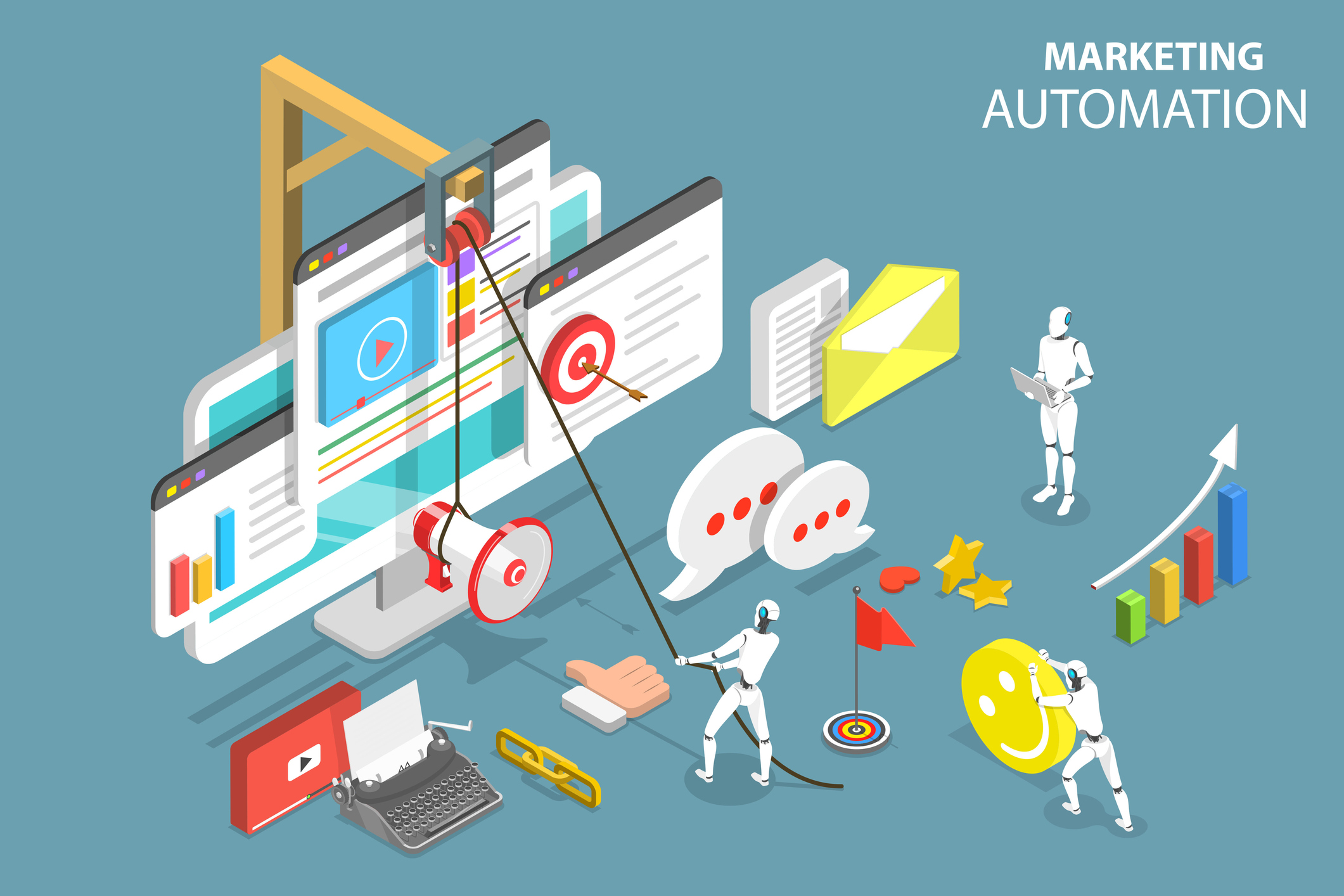
Learn the different types of B2B marketing automation and support your marketing strategy target more customers, faster with our article: What is B2B marketing automation? | A small business guide to automated digital marketing.
Over time, new mediums like radio and television provided additional B2B marketing platforms and tools to reach businesses. With the coming of the Internet, marketers gained a way to connect with millions of people on a regular basis. Now, B2B marketers come up with ways to make it easier for businesses to find their companies online.
Are you a pro? Subscribe to our newsletter
Sign up to the TechRadar Pro newsletter to get all the top news, opinion, features and guidance your business needs to succeed!
Today, both small business owners and large companies can access more information on products and services through business and review sites. This requires B2B marketers to provide useful and relevant content that engages prospective clients and helps retain current customers.
Why is B2B marketing important?

B2B marketing is — and will continue to be — important for as long as the business sector exists. Companies, just like consumers, have certain needs; without B2B marketing, businesses that can fulfill other businesses’ needs won’t be able to get their products and services in front of their target audiences and customers.
What is the difference between B2B and B2C marketing?
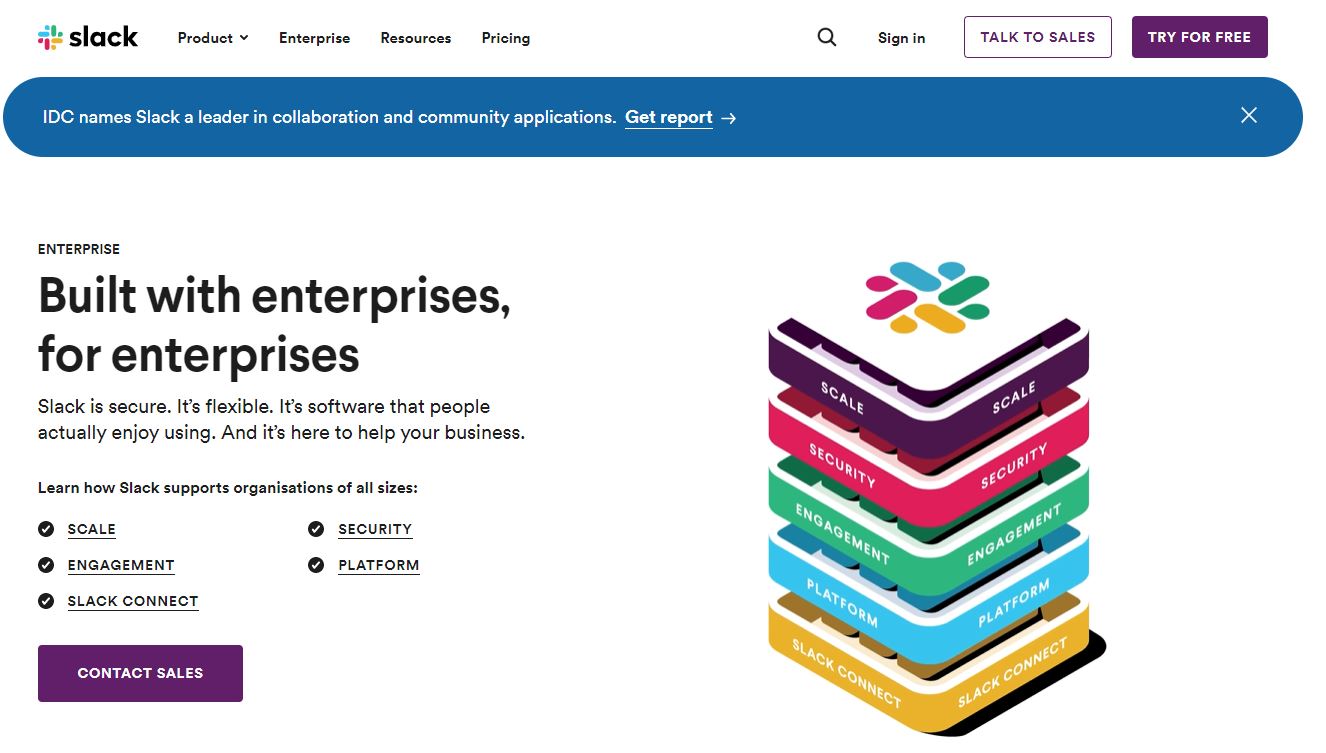
Although there is some overlap, business-to-business (B2B) and business-to-consumer (B2C) marketing have different strategies and goals. B2B marketing is focused on educating and communicating ROI to key decision-makers, while B2C marketing communicates how a product fits into the customer’s personal life.
There are also some key distinctions when it comes to the channels leveraged by B2B and B2C marketers. And while there is a bit of overlap — e.g., B2B and B2C buyers both use email marketing — the manner in which campaigns are executed is completely different.
Here is a table outlining the biggest differences between the two:
| Header Cell - Column 0 | B2B Marketing | B2C Marketing |
|---|---|---|
| Customers | Sells to businesses like retailers, software companies, manufacturers, and suppliers | Sells directly to individual consumers |
| Buying journey | Can take weeks or months; B2B buyers often take time to research solutions, work with multiple stakeholders, and engage with sales reps to figure out the best vendor | With certain exceptions, the buying journey of consumers is shorter and more direct; often, it simply involves adding an item to a physical or digital shopping cart |
| Messaging | Usually centered on educating buyers and communicating the solution’s ROI | Usually focused on communicating how a product or service fulfills a personal need (e.g., entertainment, social status, making life easier, etc.) |
| Sales and marketing channels | Email marketing, TV and radio ads, account-based marketing, SEO, paid search, social media platforms like LinkedIn, Facebook, and Instagram | Email marketing, SMS, TV and radio ads, retail marketing, SEO, online marketplaces (Amazon, Etsy), social media platforms like Facebook, Instagram, Snapchat, and TikTok |
What are the types of B2B marketing?
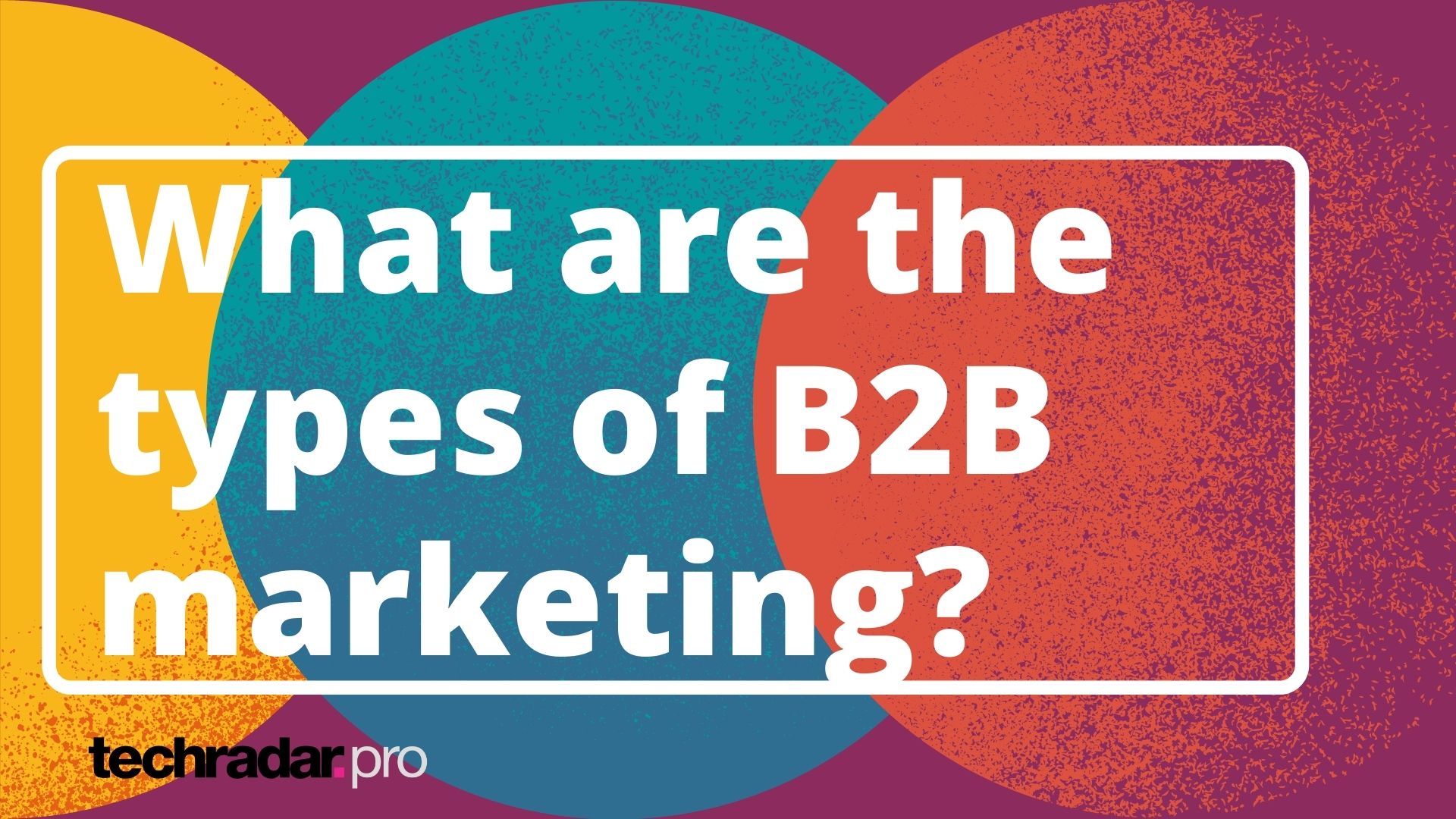
Marketers have a wide range of digital B2B marketing strategies to reach prospective clients. Some of the most effective ones include:
Content marketing. Content marketing offers useful information like business guides and industry studies to prospective clients. The information can be shared via blog posts, podcasts, online videos, and email newsletters. As more people view your content as a valuable resource, your B2B company’s brand awareness, leads, website traffic, and sales will grow.
Lead generation. B2B marketing teams need to identify their ideal potential customers, or “leads,” and convince them to buy from their company. Lead generation can be accomplished by capturing prospect information (usually through the use of online forms and landing pages). Lead generation can also be done at live events like trade shows where businesses market to other businesses.
Email marketing. Email campaigns generate a high ROI, with $42 for every $1 spent. This makes email newsletters a powerful way to share facts, statistics, and studies with leads and convert them into customers.
Social media & viral marketing. Social media posts like an Instagram video of valuable tips and tutorials can be deemed useful by potential B2B clients. These posts are shared on the Internet, increasing your brand awareness. With enough shares, your posts can go viral and reach thousands of potential clients, creating an effective form of viral marketing.
Affiliate marketing and native advertising. Affiliate marketing enables you to get existing clients and other content creators to promote your business on their sites via affiliate links that earn them a commission when someone clicks on the link (pay-per-click) or when you make a sale (pay-per-sale).
Native advertising allows these affiliate links to look like part of the site they appear in. For instance, your ad may appear as content recommendations on an affiliate site, making it more likely B2B clients will visit your site.
Search engine marketing (SEM). SEM is all about increasing your brand presence in search results, typically through the use of paid ads. It involves creating search ads and bidding on keywords. The goal is for your ads to show up whenever people enter relevant search queries.
Mobile (MMS & SMS) marketing. Mobile marketing uses devices like tablets and smartphones to market products and services. This can be done through Multimedia Messaging Service (MMS) which sends enhanced text messages or Short Message Service (SMS).
What are the best examples of B2B marketing?
For more on this, see our article on the 5 best B2B marketing examples of all time.
B2B marketing teams use various platforms for different advertising campaigns. If you want to promote your company on social media, LinkedIn, Instagram, and Facebook are popular sites frequented by potential clients. Many businesses also use WordPress to build blogs for content marketing.
Ultimately, your choice of B2B marketing tools and platforms depends on your objectives and Key Performance Indicators (KPIs) for measuring the success of your campaign.
B2B marketing objectives and measurable KPIs
As you build your B2B marketing campaign, clarify your objectives. Are you looking to increase sales, improve your brand awareness, or retain your current clients?
Have the B2B marketing tools for tracking and measuring your Key Performance Indicators. Important KPIs include:

Example of a successful B2B marketing strategy
Thanks to its strong B2B marketing strategy, Ahrefs, a company that provides SEO software, has managed to become one of the go-to tools in a very crowded market.
Here are some of the components involved in its strategy.
Long-form content. The team at Ahrefs has produced hundreds of detailed tutorials, articles, and opinion pieces on topics that search marketers care about. Because Ahrefs consistently publishes high-quality content, many of its articles rank high on Google, which then helps drive traffic to its website.
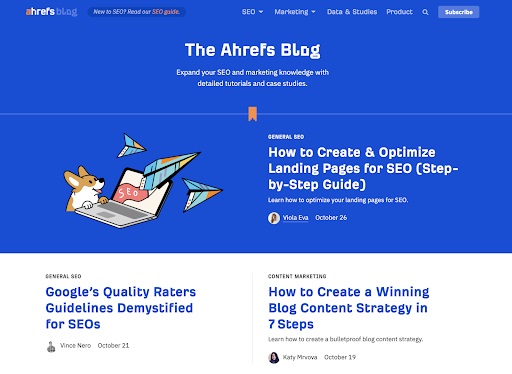
Ahrefs Academy. The company also set up an educational hub on its website, which is packed with SEO courses and training materials. Ahrefs even offers a certification course designed to teach people how to use its platform more effectively.
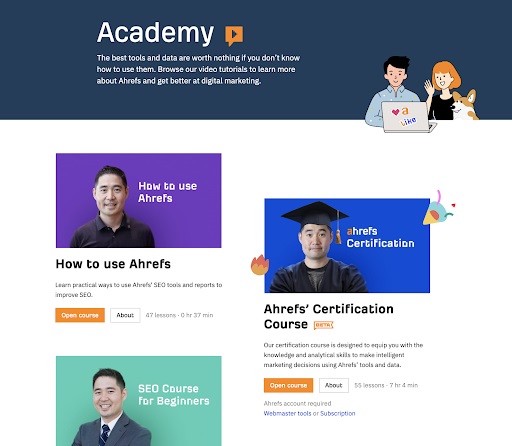
Data and studies. In addition, Ahrefs publishes its own research reports based on proprietary data gathered from its platform. These reports shed light on trends and insights that Ahrefs' audience can use in their businesses.
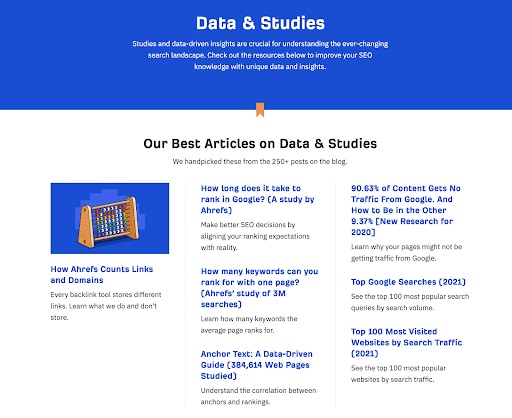
All in all, the different components of Ahref’s B2B strategy work together to increase brand awareness as well as position Ahrefs as a leading authority in the space. Because of its efforts, Ahrefs has earned the trust of the SEO community, and this has helped it rapidly grow its userbase.
Example of a successful B2B marketing campaign
CB Insights is a company that provides market intelligence on private companies and investor activities to venture capital firms, investment banks, and other companies with a stake in high-growth private companies. Its business analytics platform and global database help companies respond to potential threats, predict emerging tech trends, and uncover competitor strategies.
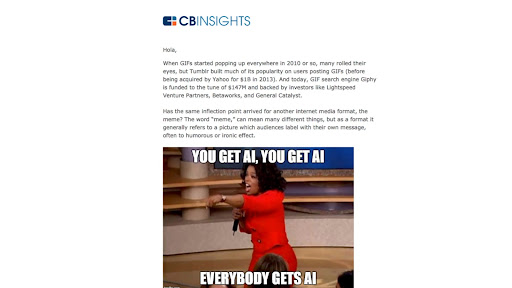
Sounds heavy, but to promote itself, CB Insights offers a fun and informative e-newsletter that examines lucrative trends in the business world — like the profitability of funny GIFS and the popularity of Internet memes.
This strategy gets clients to open their emails and recognize CB Insights as a source of relevant information. Subscribers then have an incentive to go to the company website and become clients, making this the type of effective campaign that wins B2B marketing awards.
Conclusion
By using B2B marketing strategies like content marketing, email campaigns, and social media marketing, you can show how your company helps solve business problems. This lets you connect with lucrative businesses and convert them into regular clients.
Of course, in order to form these connections, you need effective B2B marketing platforms and software.
Learn more about how the right tools can help expand your business by reading additional resources on the best B2B marketing software to help you reach more clients in our guides: the Best CRM software, the Best email marketing software and the Best SEO tools.
Francesca has over 10 years experience as a B2B writer and content marketeer, creating content about retail, ecommerce, technology, and SMB. And has written for websites such as Entrepreneur.com, The Huffington Post, Lifehack, MediaBistro, Independent Retailer, Retail Touchpoints, and many more.